Unlike insurance and cars, good quality honey is one of the easiest commodities to sell, especially for a beekeeper.
The benefits of raw honey are known all over the world. Your only job is to convince your customers that you have added nothing to your honey crop.
In fact, the presence of hives in your yard and your coveted title, ‘beekeeper,’ does that for you. The demand for unadulterated honey far outweighs the supply, so you will find imported brands at the grocery store.
Storing honey correctly in glass jars allows for keeping for years on a shelf, so you don’t need to worry about your product going bad. Everyone will love your honey, but just how exactly do you market and sell it?
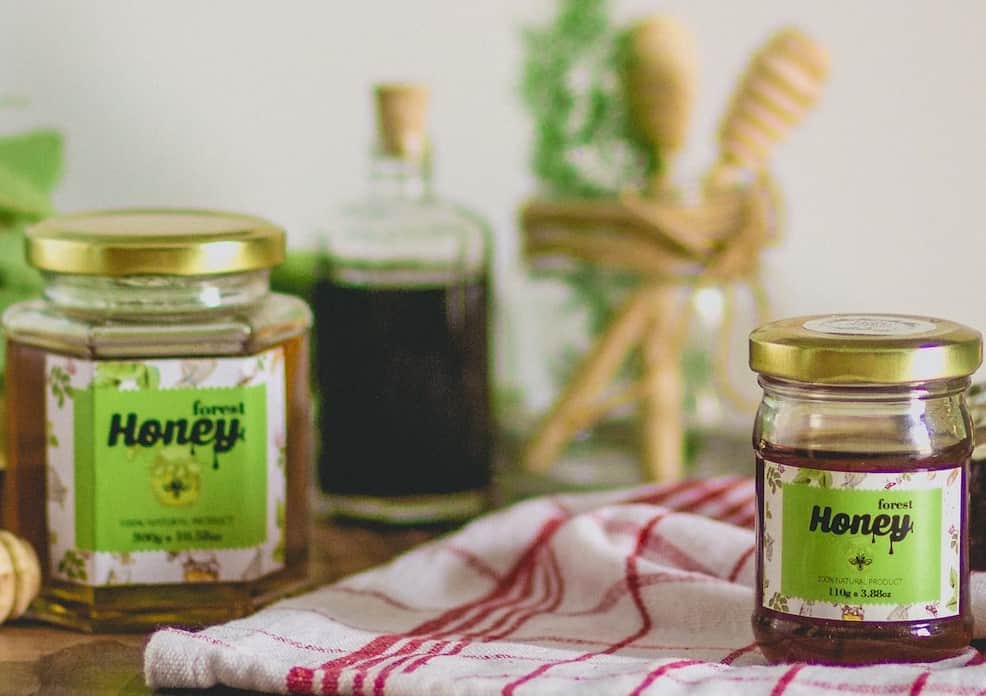
How to Market and Sell Your Honey
Now that you have your extracted honey, let’s tackle how to get it out to your potential buyers and your honey-loving customers.
Bottling
The first step in order to sell honey directly is to get it bottled nicely. When it comes to bottling, you have two choices. Do you prefer glass or plastic? They both have their pros and cons.
Glass
Now let’s examine the pros and cons of using
Pros
- Looks classy. There’s a reason we don’t clink plastic cups when we toast.
- Brings out the beauty of the honey. Honey markets itself with its beautiful hues. If you happen to be at a farmer’s market displaying your wares, sun-kissed liquid gold catches the eye, and clear glass makes the product more appealing.
- Easy to recycle. Glass is easier to clean and reuse because it can take the heat better than plastic. Boiling jars is a good way to sanitize them. You could offer a discount to customers who bring their own jars, which saves you on packaging costs.
- Food safe. Glass doesn’t leach any chemicals into the food stored in the jar.

Cons
- Breakable. Should your customers be located across the country, shipping a glass jar of local honey is riskier than plastic.
Plastic
Below we discuss both the pros and cons of choosing
Pros
- Durable – plastic can take more abuse because it’s not breakable. It makes it an ideal container for shipping when you are selling honey online.
- Lightweight – Plastic is much lighter than glass, making it easier to handle when dealing with dozens of containers.
- Squeeze bottles only come in plastic – Some of us prefer to spread a little honey on pastries or toast. Dipping spoons/knives in a jar repeatedly after contact with delicious yet crummy treats adds impurities to the honey and continually degrades its quality. Having a plastic bottle with a spout keeps your honey in pristine condition. No crumbs or water droplets to worry about.
Cons
- Plastic absorbs flavors and odors, making it difficult to reuse.
- It is also known to leach chemicals into the contents of your container. To be fair, food-grade plastic is classified as safe, but many people are still skeptical about storing food in plastic containers. They may not be too eager to have their honey in a plastic jar.
Flat glass bottles have been found to be quite popular. It would be worth your while to get the opinions of your family and friends on what kind of bottles they prefer before you get started.
Labeling

This section allows you to let out your inner Picasso. The contents of the label have been pre-determined by the authorities, but you have leeway in the design.
What to include on the label
The FDA requires you to have your product labeled correctly with the following information:
- The name of the food, in this case, ‘Honey.’ If the honey has any additives, such as corn syrup, it cannot be labeled as Honey. The honey has to be pure.
- Net weight (weight of the honey without the container). The weight is expressed in both imperial and metric units. It can be done in ounces with the gram equivalent in brackets. This appears at the bottom of the label.
- Contact information. Your name or the name of the business, telephone number, address, email, and website if you have one.
Additional labeling requirements may vary from one locality to another.
Most states in the US have their own regulations. It is important that you check with your local authority to ensure that you adhere to these necessary state regulations.
Coming up with the logo is the fun part of this exercise. You could have it printed or design it as a stamp that gives it a homey, rustic look.
Alternatively, you could
The more unique it is, the more memorable it will be, translating to repeat sales.
When you are starting off, consider having little gifts as part of the package.
A tiny little thank you card stuck on the lid or a cute little keychain with every purchase will earn you serious points with the consumer. The gifts should be inexpensive but thoughtful and fun.
Where to Sell Your Honey
Beekeeping journals and local newspapers are about to become your favorite coffee table reading material.
They run ads for county fairs and shows with calls for vendors to participate. As you set up, make sure you have free samples available.
Stock up your stand and make the most of your space. You want to give customers a reason to stop and examine the stand, so get creative.
You could also get a stand at the local farmers market or talk to one non-competing vendor about displaying your honey on their stand if you don’t have a lot of honey to sell. That way, you capitalize on their existing customer relationships.
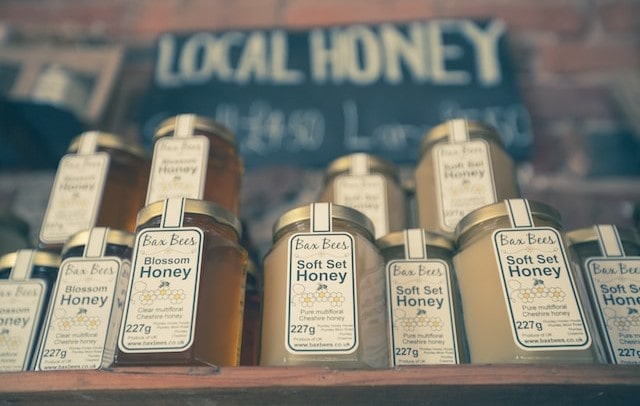
Finally, honey-selling can also be done online. If you have your own website, online marketing will make your honey available at the click of a button. You can use social media to create a buzz about your product and open up your business to consumers across the country.
How to Sell Honey in Bulk
Retailing honey can be a full-time job that you may not be interested in. You have the option to sell your honey wholesale to a commercial processor.
These are companies that deal with tonnes of honey. They usually advertise in dailies and may approach beekeeping associations. Your local beekeeping community may also be a good contact for these companies.
The processor will give you the specifications that they require you to adhere to. Therefore, if you’d rather deal with bees rather than people, this is a good way to go.
How to Price Your Honey
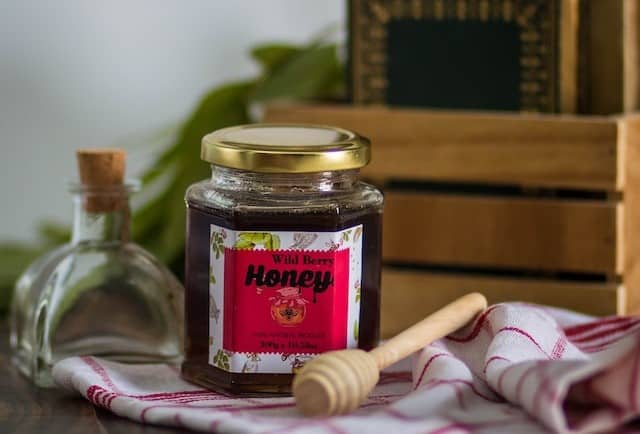
Well, your accountant will ask you about the cost of production and then put a markup on it. That, then, would be your set price.
As a hobbyist, you may not be keeping track of all your receipts, so it’s easier to approach other beekeepers in your area and find out their prices.
Most people will price their honey at $3 to $8 per pound.
Conclusion
Honey practically sells itself. What you bring to the table is branding.
Once your customers associate your brand with a pure product that doesn’t have any additives, you’ll find that selling honey is not your biggest problem.
Rather, you will be faced with the challenges of pure honey production, as your customers will definitely come back for more.
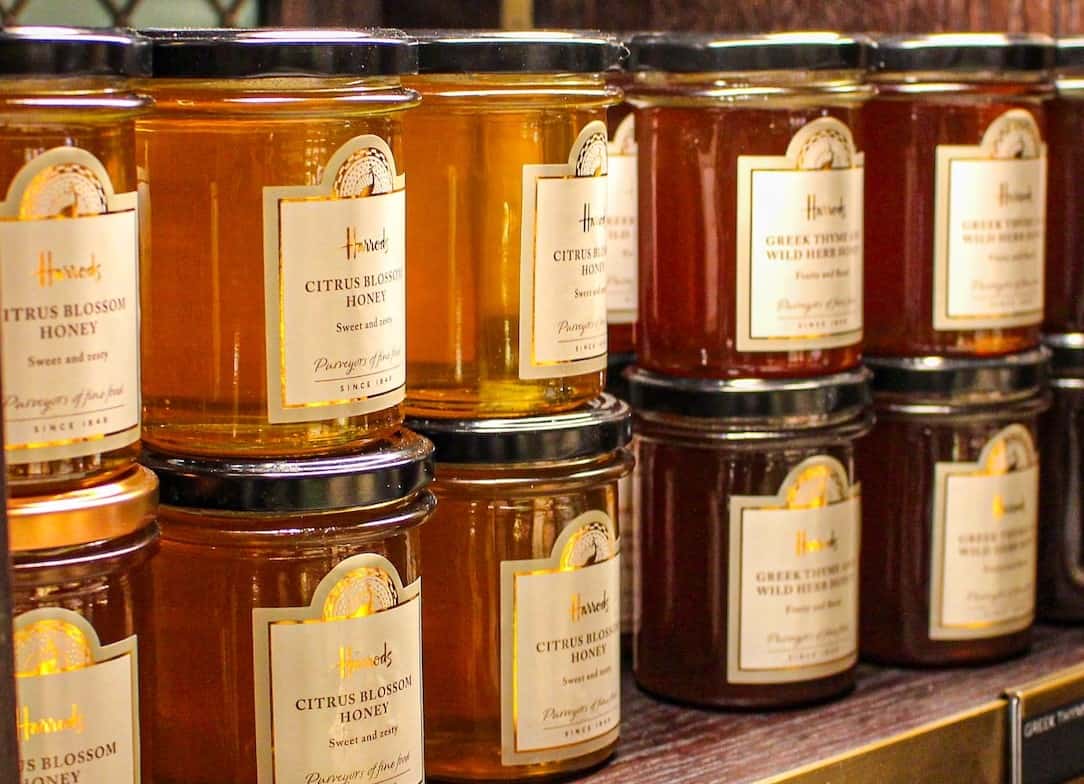
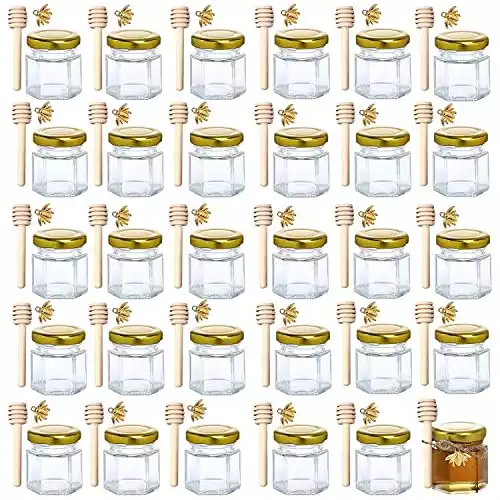


I leave in Nigeria(West Africa) and developing interest in honey marketing. Reading your extract opened my eyes about the pro’s and con’s.
I am looking forward to start this great business in Kenya. Furnish me with the areas that I can get honey cheaply. Good time.
I live a Sierra Leone and have recently gotten into Honey Farming. I am looking into businesses or companies to market my Honey to.
I’m a honey vendor in Nigeria and this post has been so useful. Thank you
I have a few 5 gallon buckets of honey from the 1980s
I live in Kenya and have close to forty behives in my farm mostly surrounded by eucalyptus trees where bees harvest it’s nectar.I restrict myself to selling raw honey with no additives at all.
Great!
Hello. did you employ people to guard the hives?
great
I leave in the State of Massachusetts, I want to start beekeeping business in DRC. I need more information and knowledge
Hi, me and my wife produce 100% natural Honey in Panama. The honey we produce is pure gold
We need help with the distribution side of the business!!
How do you attract bees to the hives?
with wax and sugar.